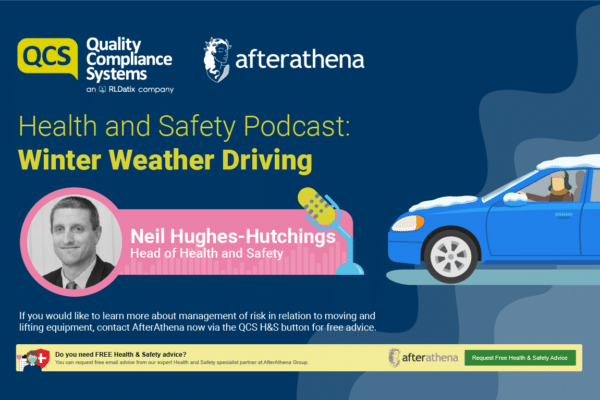
I’m not a fan of marmite, the classic slogan of either ‘you love it or hate it’ springs straight to mind and I know what camp I am in. Whether we love them or hate them, regulatory inspections are a vital necessity within the health and social care sector. They are there to ensure providers are delivering a service that meets the regulations and allows customer’s access to a safe service that is ultimately in line with the key fundamental standards and Health and Social Care Regulations. So how do we ensure that we are prepared for a regulatory inspection…
The CQC inspection framework
All inspections will follow the framework set out by CQC to ensure that a service is meeting the five Key Lines of Enquiry or KLOEs; Safe, Effective, Caring, Responsive and Well-led. Inspectors will look at each of these as key questions and ensure that a service can evidence how they are meeting the aspects associated with that KLOE and be rated accordingly.
An inspection can take the form of either a comprehensive or focused inspection. Focused inspections are usually the result of information being provided to CQC and will look at specific aspects of the service in line with certain KLOEs, whilst a comprehensive will encompass all five KLOEs.
The sources of evidence guide from CQC is a useful guidance tool for services and should be utilised to ensure your service is meeting what is required for each KLOE.
Preparing for Regulatory inspections
But as the saying goes ‘by failing to prepare, you are preparing to fail’. As such you should always be prepared for an inspection, a last-minute rush to ensure everything is in place is not a great working practise to adopt and you will ultimately become unstuck at some point in the process. Instead a provider should be ensuring that the services they deliver day in and day out are constantly meeting the necessary requirements within health and social care.
Regular audits and quality assurance checks should be taking place to ensure continual monitoring and improvement of the service; with an action plan in place, where necessary, to document what must be achieved, what has been done and what has been completed.
Tracking progress within the service is a positive thing and a common misconception with action plans is that they highlight negative issues within a service, however more often than not they can be used to drive improvement and implement new systems that may assist the service in a more beneficial way.
Some further useful tips for preparing for an inspection include:
- Review you last inspection report – ensure that everything has been maintained and where recommendations were given these have been rectified and embedded within the service
- Review inspection reports of similar services – specifically those that may have an ‘outstanding’ rating for examples of things that could be implemented into your service
- Create an evidence file – this should evidence examples of best practise across the service that have occurred since the last regulatory inspection
- Ensure key information is readily available within the office – this can include safeguarding CQC notification and complaints folders
For further information on how to prepare for a regulatory inspection the CQC Inspection Guidance from UKHCA is a useful document and provides guidance for services through the whole regulatory inspection process.






